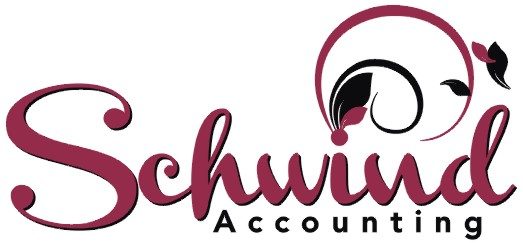The vast majority of small business start out as sole proprietorship.
These firms are owned by one person, usually the individual who has day-to-day responsibility for running the business. Sole proprietors own all the assets of the business and the profits generated by it. They also assume complete responsibility for any of its liabilities or debts. In the eyes of the law and the public, you are one in the same with the business.
Advantages of a Sole Proprietorship
- Easiest and least expensive form of ownership to organize.
- Sole proprietors are in complete control, and within the parameters of the law, may make decisions as they see fit.
- Sole proprietors receive all income generated by the business to keep or reinvest.
- Profits from the business flow-through directly to the owner’s personal tax return.
- The business is easy to dissolve, if desired.
Disadvantages of a Sole Proprietorship
- Sole proprietors have unlimited liability and are legally responsible for all debts against the business. Their business and personal assets are at risk.
- May be at a disadvantage in raising funds and are often limited to using funds from personal savings or consumer loans.
- May have a hard time attracting high-caliber employees, or those that are motivated by the opportunity to own a part of the business.
- Some employee benefits such as owner’s medical insurance premiums are not directly deductible from business income (only partially deductible as an adjustment to income).
Federal Tax Forms for Sole Proprietorship (only a partial list and some may not apply)
Form 1040: Individual Income Tax Return
Schedule C: Profit or Loss from Business (or Schedule C-EZ)
Schedule SE: Self-Employment Tax
Form 1040-ES: Estimated Tax for Individuals
Form 4562: Depreciation and Amortization
Form 8829: Expenses for Business Use of your Home
Employment Tax Forms
